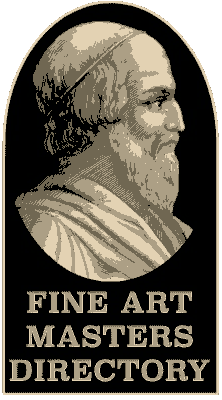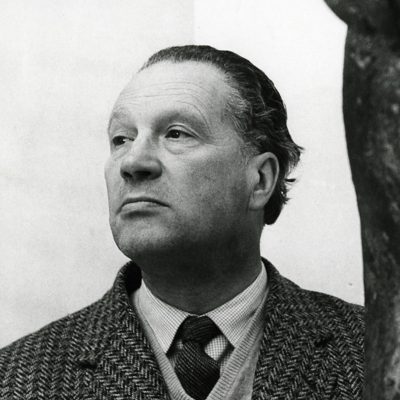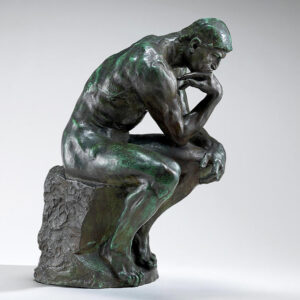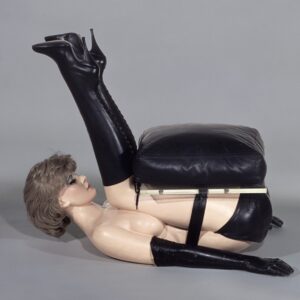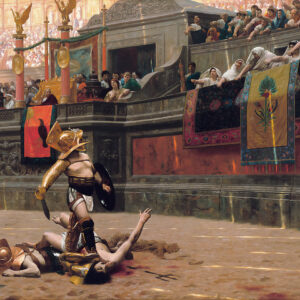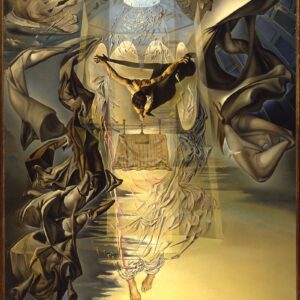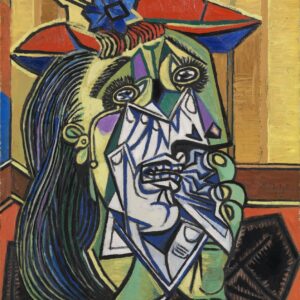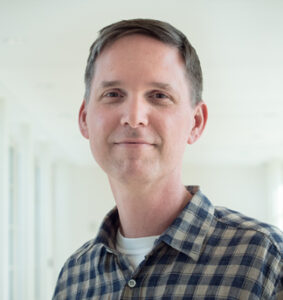He attended the Accademia di Belle Arti in Florence in 1917. Although he never abandoned painting, Marini devoted himself primarily to sculpture from about 1922. From this time his work was influenced by Etruscan art and the sculpture of Arturo Martini. Marini succeeded Martini as professor at the Scuola d’Arte di Villa Reale in Monza, near Milan, in 1929, a position he retained until 1940.
During this period, Marini traveled frequently to Paris, where he associated with Massimo Campigli, Giorgio de Chirico, Alberto Magnelli, and Filippo Tibertelli de Pisis. In 1936 he moved to Tenero-Locarno, in Ticino Canton, Switzerland; during the following few years the artist often visited Zürich and Basel, where he became a friend of Alberto Giacometti, Germaine Richier, and Fritz Wotruba. In 1936, he received the Prize of the Quadriennale of Rome. In 1938, he married Mercedes Pedrazzini.[3] He accepted a professorship in sculpture at the Accademia di Belle Arti di Brera, Milan, in 1940.
In 1943, he went into exile in Switzerland, exhibiting in Basel, Bern, and Zurich.[3] In 1946, the artist settled permanently in Milan.
He is buried at Cimitero Comunale of Pistoia, Toscana, Italy.
Marini developed several themes in sculpture: equestrian, Pomonas (nudes), portraits, and circus figures.[11] He drew on traditions of Etruscan and Northern European sculpture in developing these themes. His aim was to develop mythical images by interpreting classical themes in light of modern concerns and techniques.[12]
Marini is particularly famous for his series of stylised equestrian statues, which feature a man with outstretched arms on a horse. The evolution of the horse and rider as a subject in Marini’s works reflects the artist’s response to the changing context of the modern world. This theme appeared in his work in 1936. At first the proportions of horse and rider are slender and both are “poised, formal, and calm.” By the next year the horse is depicted rearing and the rider gesturing. By 1940 the forms are simpler and more archaic in spirit; the proportions squatter.[12]
After World War II, in the late 1940s, the horse is planted, immobile, with neck extended, ears pinned back, mouth open. An example, in the Peggy Guggenheim Collection in Venice, is “The Angel of the City,” depicting “affirmation and charged strength associated explicitly with sexual potency.”[12] In later works, the rider is, increasingly, oblivious of his mount, “involved in his own visions or anxieties.” In the artist’s final work, the rider is unseated as the horse falls to the ground in an “apocalyptic image of lost control” which parallels Marini’s growing despair for the future of the world.[12]
